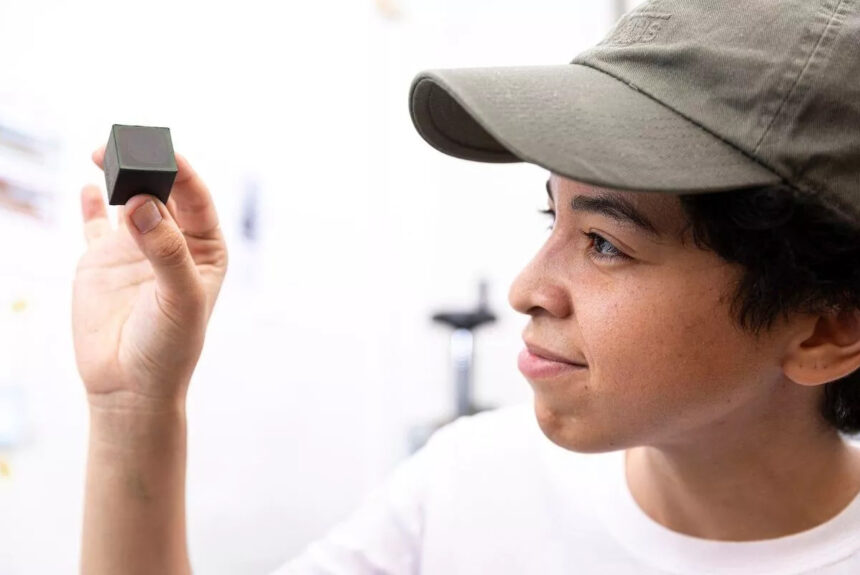Plastic pollution is a serious problem and one that cannot be solved by recycling alone. But what if there was a way to create plastic that did not need to be recycled in the first place? That is precisely what scientists at the University of Washington (UW) were investigating when they stumbled upon a new type of bioplastic derived from the blue-green algae spirulina.
According to a report last year from the Organization for Economic Cooperation and Development (OECD), 91% of the world’s plastic is not recycled. In the United States, the national recycling rate of plastics is just 5%. At the same time, the world is churning out twice as much plastic waste compared to two decades ago. Unfortunately, even if recycling rates increased broadly, most plastics simply cannot be recycled.
>>>READ: Can this Plastic-Eating Mold Help Solve the Plastic Pollution Challenge?
This is a challenge that UW is hoping to address with its latest discovery. To create the novel plastic, the scientists molded spirulina powder into various shapes using heat and pressure, similar to how conventional plastics are made. The team’s spirulina plastics have mechanical properties similar to traditional single-use plastics derived from petroleum. The findings were published in the scientific journal Advanced Functional Materials.
“We were motivated to create bioplastics that are both bio-derived and biodegradable in our backyards, while also being processable, scalable and recyclable,” said senior author of the study Eleftheria Roumeli, UW assistant professor of materials science and engineering, in a UW press release. “The bioplastics we have developed, using only spirulina, not only have a degradation profile similar to organic waste, but also are on average 10 times stronger and stiffer than previously reported spirulina bioplastics. These properties open up new possibilities for the practical application of spirulina-based plastics in various industries, including disposable food packaging or household plastics, such as bottles or trays.”
The team used spirulina for their bioplastics due to its scalability; the raw material is widely used for foods and cosmetics. Spirulina cells also sequester carbon dioxide as they grow, making the biomass a carbon-neutral and even potentially carbon-negative feedstuff for plastics.
>>>READ: An Innovative Tech Company is Engineering a Solution to Plastic Waste
Additionally, the microalgae possesses fire-resistant properties, which conventional plastics lack. This makes it a prime choice for use in data centers or other applications where standard plastics are not ideal due to their flammability.
“When exposed to fire, [spirulina] instantly self-extinguishes, unlike many traditional plastics that either combust or melt,” said lead author of the study Hareesh Iyer, a UW materials science and engineering doctoral student.
This is not the first time scientists have created bioplastics from spirulina. However, this is the strongest spirulina-based plastic devised by scientists to date.
The researchers altered processing conditions like temperature, pressure, and time to optimize the bonding and microstructure within the bioplastics––all while selecting for structural properties like strength, stiffness, and toughness. The material is also recyclable.
“Biodegradation is not our preferred end-of-life scenario,” Roumeli said. “Our spirulina bioplastics are recyclable through mechanical recycling, which is very accessible. People don’t often recycle plastics, however, so it’s an added bonus that our bioplastics do degrade quickly in the environment.”
While some market solutions have been shown to increase recycling rates, including container buy-back programs, innovation is needed to challenge the status quo and address the plastic pollution challenge. Breakthroughs like those that the University of Washington has procured are promising and could accelerate the adoption of bio-plastics in industries across the economy.
Nathalie Voit is a freelance content creator and a graduate of the University of Florida. She is an alumni of The Heritage Foundation’s Young Leaders Program.
The views and opinions expressed are those of the author’s and do not necessarily reflect the official policy or position of C3.
